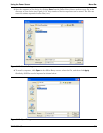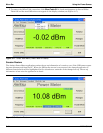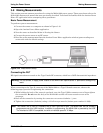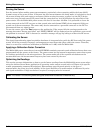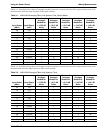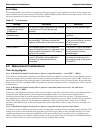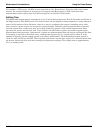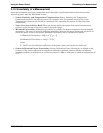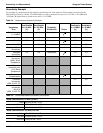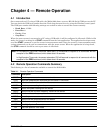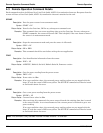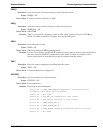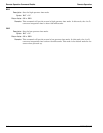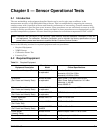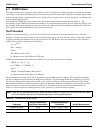
Using the Power Sensor Uncertainty of a Measurement
MA24106A UG 3-17
3-10 Uncertainty of a Measurement
Power measurements have many component parts that affect overall measurement uncertainty when
measuring power with the MA24106A sensor:
• Sensor Linearity and Temperature Compensation: Sensor Linearity and Temperature
Compensation describe the relative power level response over the dynamic range of the sensor.
Temperature Compensation should be considered when operating the sensor at other than room
temperature.
• Noise, Zero Set, and Zero Drift: These are factors within the sensor that impact measurement
accuracy at the bottom of the power sensor’s dynamic range.
• Mismatch Uncertainty: Mismatch uncertainty is typically the largest component of measurement
uncertainty. The error is caused by differing impedances between the power sensor and the device to
which the power sensor is connected. Mismatch uncertainty can be calculated as follows:
% Mismatch Uncertainty = 100
[|1 + Γ
1
Γ
2
|
2
– 1]
dB Mismatch Uncertainty = 10log|1 + Γ
1
Γ
2
|
where
Γ
1
and Γ
2
are the reflection coefficients of the power sensor and the device under test
• Sensor Calibration Factor Uncertainty: Sensor Calibration Factor Uncertainty is defined as the
accuracy of the sensor calibrated at a standard calibration condition. Anritsu follows the industry
standard condition of calibration at a reference power of 0 dBm (1 mW) and an ambient temperature of
25 °C.



